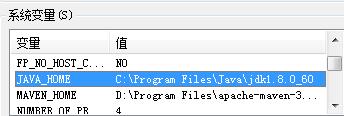I saw the //somepage.com/resource url format. For example:
<img src=\"//remotesite.com/image1.jpg\" />
The point of this is that if the current page (the page defining the img tag) is using http, then the request to the remote site is made via http. If it is https - it\'s https. This eliminates browser warnings of not fully encrypted pages.
My question is - is this URL format safe to use for all browsers. And is it a standard?
is this URL format safe to use for all
browsers.
I can\'t say anything for sure, but you should be able to test it in different browsers.
And is it a standard?
Technically, it is called \"network path reference\" according to RFC 3986. Here is the scheme for it:
relative-ref = relative-part [ \"?\" query ] [ \"#\" fragment ]
relative-part = \"//\" authority path-abempty
/ path-absolute
/ path-noscheme
/ path-empty
There is a problem though, when used on a <link> or @import, IE7 and IE8 download the file.
Here is a post written by Paul Irish on the subject:
- The protocol-relative URL
Yes I believe it is. Paul Irish coined the term Protocol Relative URL.
I\'d also point out it\'s part of the HTML5Boilerplate project which evangelises cross browser compatibility.
Note: there is an edge case in IE6 with google analytics which is mentioned in Paul\'s article. So it\'s not perfect.
Should be safe.
Is specified as format to use in Google\'s HTML/CSS styleguide: EDIT: latest url : https://google.github.io/styleguide/htmlcssguide.xml#Protocol



